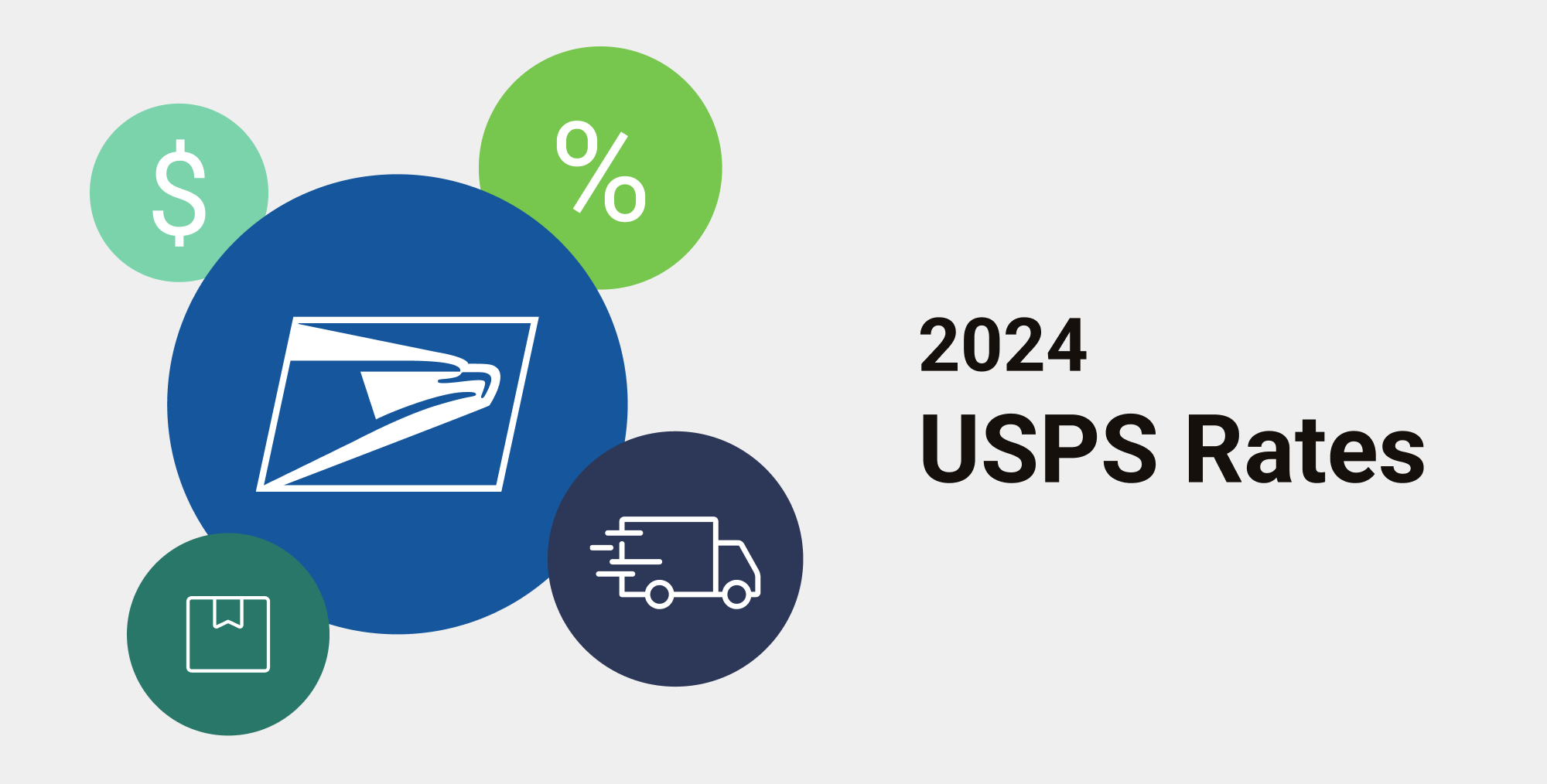6 Tips for Winning Shipping Insurance Claims
Insurance tops the list of things that fit the description of “Can’t live with it. Can’t live without it.” We all throw money at different types of insurance knowing that the best-case scenario is “I haven’t had to use any of that money I’ve spent!” When we do have to use insurance, the process can be long and drawn-out. This is of course because insurance is a business, and they aren’t exactly romping with joy to accept their customers’ claims. But! There are a few things that you can do to make that your shipping insurance claims go through.
Use Signature Confirmation
Many high dollar items, such as computers, cellphones, and jewelry may require signature confirmation to be covered by shipping insurance. Shipsurance, for one, requires this.
On Jewlery, Shipsurance’s terms and conditions state:
Jewelry (includes necklaces, earrings, watches, rings, bracelets, broaches, etc) with a value of $500.00 or more must be sent with the Signature Confirmation service (package must be signed for at delivery) provided by the shipping carriers. This is required for Domestic and International shipments. (Conditions E)
On electronics, such as computers and cell phones, Shipsurance’s terms and conditions state:
Laptop computers (including tablets, iPads, and similar) and mobile phones (cell phones, smart phones, etc) must be sent with the Signature Confirmation service (package must be signed for at delivery) provided by the shipping carriers. This is required for Domestic and International shipments. (Condition E)
Ship in Unmarked Boxes
Shipping items in their manufacturer’s box violates the terms and conditions of many shipping insurance companies. Furthermore, anything on the box itself that alludes to the contents within can also violate the terms and conditions. Beyond the fact that it can be a violation, it also makes your items more susceptible to being swiped off of a front porch. There’s a reason that Apple ships items in unmarked boxes.
We at ShipStation know that branding can be important. But, if you ship things like a branded subscription box, it’s best to place this box within a larger unmarked box. It will protect the branding on the box within and can create an even larger surprise when customers open their box.
International Shipments
You can apply insurance to just about any order. But that doesn’t mean that your parcel will be covered for the entire duration of the trip. For instance, some countries, like Russia, are not covered by most carriers’ or third-party companies’ insurance policies. However, it can be insured up until the parcel lands on Russian soil. So, if your parcel went from New York to Germany to Russia. It would be covered up until the time it touches Russian soil. Shipsurance states:
For shipments to Russian and other Commonwealth of Independent States countries (includes Armenia, Azerbaijan, Belarus, Georgia, Kazakhstan, Kyrgyzstan, Moldova, Russia, Russian Federation, Tajikistan, Turkmenistan, Ukraine, and Uzbekistan) coverage ceases upon touchdown of the aircraft at the airport of destination or upon discharge from the overseas vessel at the destination discharge port.
Some countries are excluded altogether, these can include:
Afghanistan, Angola, Bolivia, Burma, Congo, Cuba, Iran, Iraq, Ivory Coast (Cote d’Ivoire), Liberia, Nigeria, North Korea, Paraguay, Sierra Leone, Somalia, Sudan, Syria, Venezuela. Any location that would be in violation of any U.S. economic or trade sanctions including OFAC Restricted Countries.
Don’t throw away packaging materials
When a claim is being filed for damaged merchandise, the insurance provider will need to inspect whether damage has been made to the shipping box or not. If this is not included, it is harder for the insurance company to prove whether or not the damage occurred in transit or not. If a customer reaches out to you about the parcel being damaged, ask them to please send you photographs of the damaged merchandise and the shipping materials before you and the customer move forward with the claim. It may be worth it to include this information on a packing slip or on your website’s return policies.
Suggest Shipping to Commercial Addresses
UPS and FedEx charge more to ship to residential addresses. People are less frequently there during business hours, and it can be more of a hassle to get out and leave the package on your doorstep. What’s more, this is where people are gonna swipe a parcel. Even if the claim is denied, this does take up a lot of time for a carrier’s customer support agents. One thing you can do to follow suit is to suggest that your customers have their parcels delivered to their work address. If possible, put some shipping suggestions on your website’s checkout page.
Check Notes from Buyer
Some customers may live on a busy street and have suggestions for where to deliver items such as “Place package in cubby on porch.” If they include these notes at checkout, there may be an option to include this note on the label. If not, you can write it on the parcel itself.





